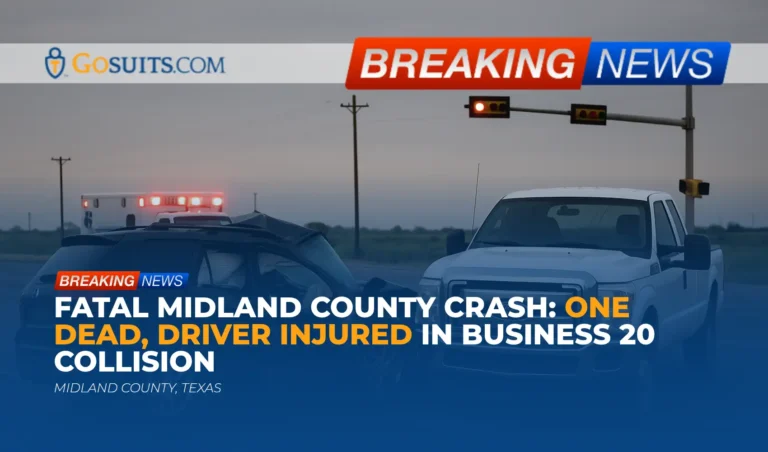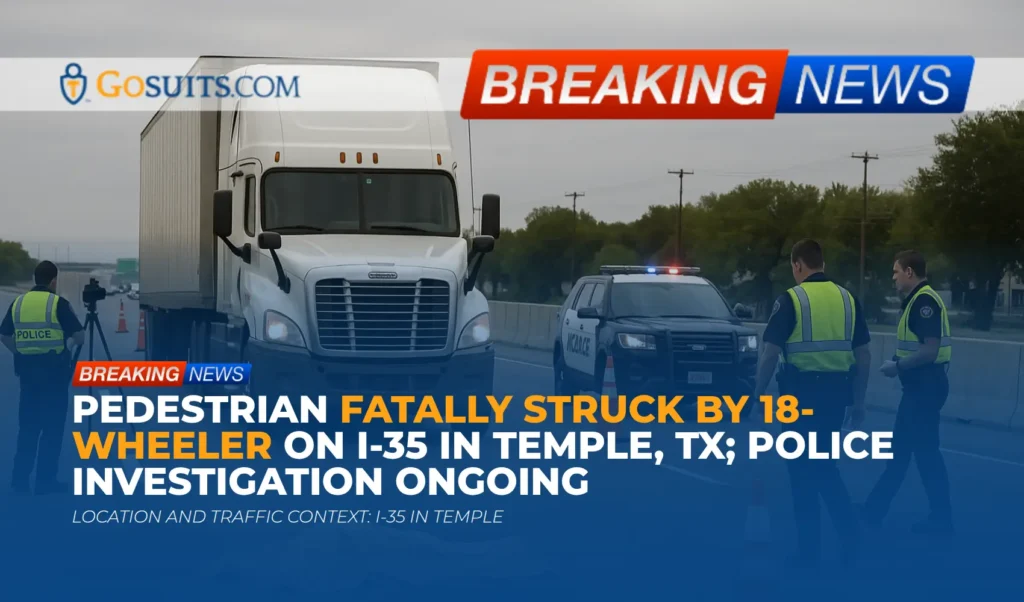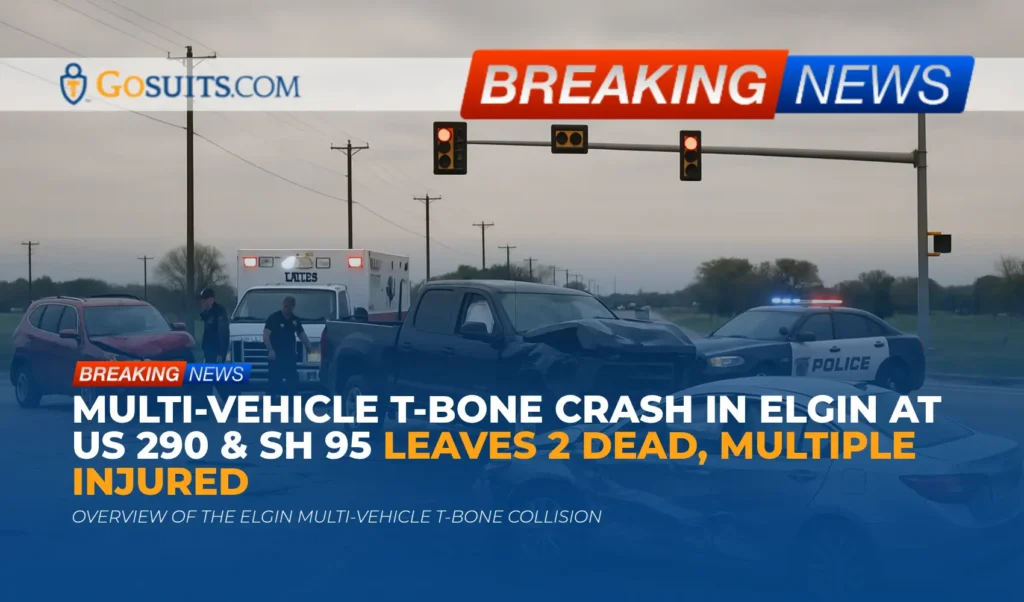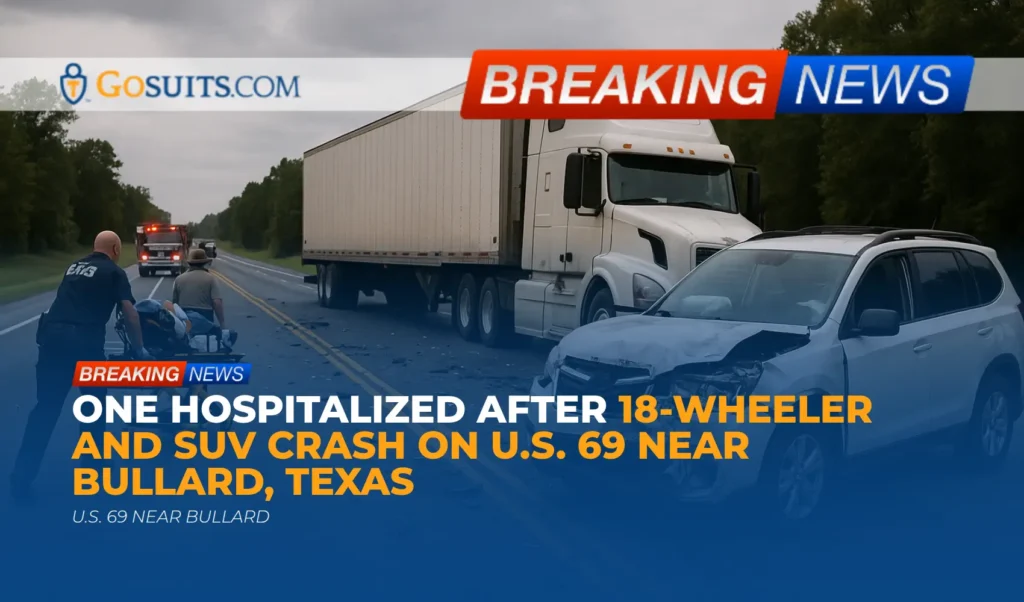A tragic two-vehicle collision in Midland County has resulted in one fatality and serious injuries to another individual. The crash occurred early Tuesday morning, August 19, 2025, at the intersection of Business 20 and South County Road 1247.
According to the Department of Public Safety (DPS), the accident took place around 7:00 a.m. A sport utility vehicle (SUV) attempting to turn left from the south service road onto the westbound lanes of Business 20 was struck by a Ford F-250 traveling westbound.
The driver of the SUV, identified as 44-year-old Ka Sin Leung of Midland, was pronounced dead at the scene. The driver of the Ford F-250 sustained serious injuries and was transported to Midland Memorial Hospital for treatment.
The circumstances surrounding the collision are currently under investigation by authorities. Further details regarding the cause of the accident and potential contributing factors are yet to be released.
Understanding Liability in Intersection Accidents
Intersection accidents are often complex events with multiple potential causes. Determining liability requires a thorough investigation into the circumstances leading up to the collision. Factors that may contribute to such accidents include:
- Failure to Yield: Drivers have a legal obligation to yield the right-of-way to other vehicles when required. Failing to yield when turning left, entering a roadway from a stop sign, or merging onto a highway can lead to severe accidents.
- Speeding: Excessive speed reduces a driver’s reaction time and increases the severity of a collision. Driving too fast for conditions, such as wet or icy roads, can also contribute to accidents.
- Distracted Driving: Distractions such as cell phone use, texting, eating, or adjusting the radio can divert a driver’s attention from the road, increasing the risk of an accident.
- Impaired Driving: Driving under the influence of alcohol or drugs significantly impairs a driver’s judgment and coordination, making accidents more likely.
- Poor Visibility: Inclement weather conditions like fog, rain, or snow can reduce visibility, making it difficult for drivers to see other vehicles or hazards in the roadway.
- Traffic Signal Malfunctions: While rare, malfunctioning traffic signals can create confusion and increase the risk of accidents.
Legal Rights of Injury Victims and Families
In the aftermath of a serious car accident, it’s crucial for injured victims and the families of those who have been killed to understand their legal rights. Depending on the circumstances of the accident, injured parties may be entitled to compensation for:
- Medical Expenses: This includes costs associated with hospital stays, doctor visits, physical therapy, medication, and other necessary medical treatments.
- Lost Wages: Individuals who are unable to work due to their injuries may be entitled to compensation for lost income, both past and future.
- Property Damage: Compensation may be available to cover the costs of repairing or replacing a damaged vehicle.
- Pain and Suffering: Injured parties may be entitled to compensation for the physical pain, emotional distress, and mental anguish they have experienced as a result of the accident.
- Wrongful Death: In cases where a person is killed in an accident, their surviving family members may be able to file a wrongful death claim to recover damages for their loss. This can include compensation for funeral expenses, loss of companionship, and loss of financial support.

Investigating the Accident and Gathering Evidence
A thorough investigation is crucial in determining the cause of an accident and establishing liability. This often involves:
- Police Reports: Police reports provide a summary of the accident and may include information about contributing factors, witness statements, and citations issued.
- Witness Statements: Gathering statements from witnesses who observed the accident can provide valuable insight into what occurred.
- Accident Reconstruction: Accident reconstruction experts can analyze the scene of the accident, vehicle damage, and other evidence to determine how the accident occurred and who was at fault.
- Medical Records: Medical records document the extent of the injuries sustained by the injured parties and the medical treatment they have received.
- Vehicle Data Recorders: Many modern vehicles are equipped with data recorders that capture information about the vehicle’s speed, braking, and other parameters in the moments leading up to an accident.
Insurance Considerations
Car accidents often involve dealing with insurance companies. It’s important to understand the different types of insurance coverage that may be available, including:
- Liability Insurance: This coverage protects drivers who are at fault in an accident. It pays for the damages sustained by other parties, including medical expenses, property damage, and lost wages.
- Uninsured/Underinsured Motorist Coverage: This coverage protects drivers who are injured by uninsured or underinsured drivers. It pays for the injured party’s damages when the at-fault driver does not have adequate insurance coverage.
- Personal Injury Protection (PIP): In some states, PIP coverage is available to pay for the injured party’s medical expenses and lost wages, regardless of who was at fault in the accident.

Commentary from Gosuits Midland County, Texas Personal Injury Attorney
The recent collision in Midland County serves as a stark reminder of the potential dangers faced by drivers on our roadways. Intersection accidents, like the one described, often result in serious injuries or fatalities due to the complex interplay of factors such as driver error, visibility, and traffic flow. When such tragedies occur, understanding the legal rights of those affected becomes paramount. An experienced personal injury attorney can provide invaluable assistance in navigating the complexities of the legal system, conducting thorough investigations, and ensuring that victims and their families receive the compensation they deserve. They can help in building a strong case, negotiating with insurance companies, and, if necessary, litigating the case in court. The primary goal is to advocate for the injured and assist them in recovering from the physical, emotional, and financial consequences of an accident.






